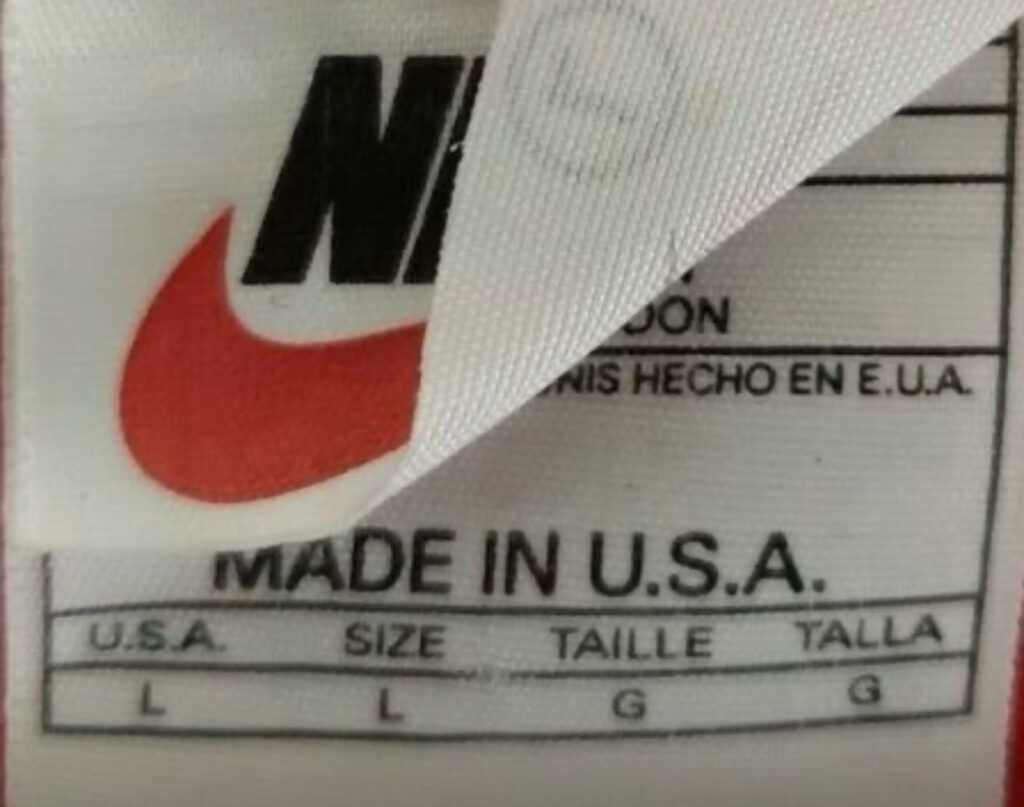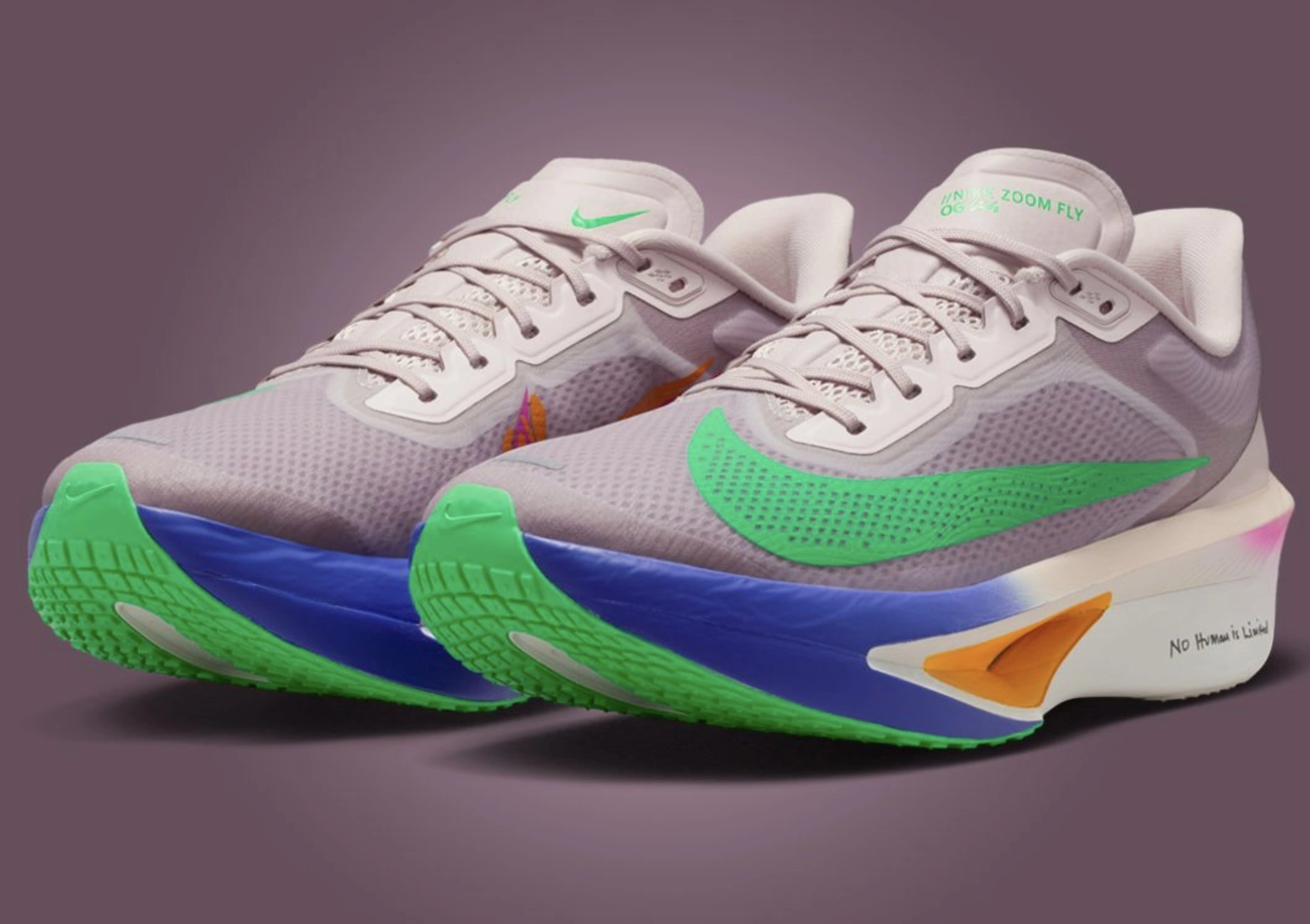The recent hike in tariffs on imported goods has once again stirred conversation about the future of domestic manufacturing in the U.S.—particularly in the sportswear and shoe industries. With costs rising overseas, many are asking: could we ever see a real return to “Made in USA” sneakers?
Once upon a time, that wasn’t just a question. It was a fact.
Long before today’s globalized supply chains, American-made shoe were a reality—and nowhere was this more evident than in New England. Specifically, Massachusetts and the greater Boston area served as the heartbeat of domestic footwear production. From the 1970s into the 1980s, this region was home to skilled labor, deep-rooted manufacturing knowledge, and a tradition of craftsmanship that helped build some of the most iconic American sneaker brands.
One of the most overlooked yet pivotal stories from that era centers on Nike—a company now synonymous with global operations, yet once rooted in American soil. In 1974, Nike opened a manufacturing facility and research lab in Exeter, New Hampshire. For the next decade, this small town played a big role in shaping the brand’s legacy.
Nike’s move to Exeter marked a turning point. Up to that time, the brand had relied heavily on overseas production, with its first shoe—the Nike Cortez—being made in Japan starting in 1972. But with the launch of the Exeter facility just two years later, Nike began producing the Cortez domestically, making it the first Nike shoe to be manufactured in the United States.
That wasn’t all. The Exeter factory also became the birthplace for other notable Nike models of the era, including the Elite, Terra T/C, LDV, Daybreak, Tailwind, Lady Waffle Trainer, and the Internationalist. These were shoes that athletes wore, runners trusted, and consumers embraced—not only for their performance but for what they represented at the time: American innovation and quality craftsmanship.
The factory itself was more than just a production site. It was a laboratory for ideas. Jeff Johnson, Nike’s first official employee, was stationed there, focusing on sales and marketing. Not long after, Mark Parker—who would eventually rise to become Nike’s CEO—joined the team in the late 1970s and took on a role in research and development. Together, they helped turn the Exeter operation into a launchpad for Nike’s growth in the highly competitive athletic footwear market.
At its height, the Exeter facility was producing hundreds of thousands of pairs of sneakers annually. That kind of output, supported by local labor and engineering minds, positioned Nike as more than just a marketing powerhouse—it was becoming a manufacturing force as well.
But that momentum wouldn’t last.
By the early 1980s, pressures from rising domestic labor costs and the increasing pull of globalization began to reshape the industry. Brands looking to cut costs and scale more aggressively turned to countries with cheaper labor and less regulation. Nike was no exception. In 1984, after just a decade in operation, the Exeter factory was shut down.
The closure wasn’t just about one facility—it marked a larger shift. By the mid-1980s, American-made sneakers were quickly becoming an exception rather than the rule. Domestic production dropped rapidly. Where U.S.-made footwear once made up over 50% of global production, it now accounts for just 1% of the U.S. market. Ninety-nine percent of all footwear sold in America today is imported.
The decline wasn’t limited to Nike. Nearly every major sneaker and sportswear brand followed the same path, moving operations overseas in pursuit of scale, margins, and profit. What had once been a symbol of domestic manufacturing strength became a niche market, overshadowed by the efficiency of globalized supply chains.
Still, the idea of American-made sneakers hasn’t fully disappeared. If anything, it’s taken on a new kind of symbolic weight. In a landscape where most goods are mass-produced abroad, a sneaker made in the U.S. stands for something different. It signals craftsmanship, heritage, and a certain level of quality that’s hard to replicate on assembly lines halfway around the world.
And now, with the return of protectionist trade policies and increased tariffs, the door may be cracking open again. If it becomes more expensive to import footwear, the idea of making it at home might start to make more financial sense—not just patriotic sense.
What if consumers began to associate “Made in USA” sneakers with premium quality and were willing to pay for it? What if they had the same resale clout as limited-edition drops or collaborations? That shift in perception could change everything. It might push brands to explore small-batch, domestic production. It might re-energize regions like New England, with their built-in legacy and infrastructure. It might even give rise to a new generation of sneaker factories, tailored not for mass production but for quality, craftsmanship, and innovation.
This isn’t just speculation. There’s already evidence of consumer interest in locally made goods, especially in markets where authenticity and transparency are valued. Footwear brands like New Balance—which still makes a portion of their sneakers in the U.S.—have long used domestic production as a marketing edge. In the world of fashion and streetwear, where story and origin matter, there’s room for “Made in USA” to be more than nostalgia—it could be a differentiator.
Of course, scaling domestic sneaker production in today’s economy wouldn’t be easy. Labor costs remain high, and infrastructure would need reinvestment. But history shows us it’s not impossible. We’ve done it before. And the example of Nike’s Exeter facility proves that innovation doesn’t have to happen overseas.
More than anything, the story of American sneaker manufacturing is a reminder of what’s been lost—and what might still be regained. It challenges us to think beyond convenience and cost and to ask bigger questions about value, quality, and identity. A return to “Made in USA” wouldn’t just be about economics. It would be about pride, tradition, and rewriting a narrative that once made American sneakers the envy of the world.
No comments yet.








